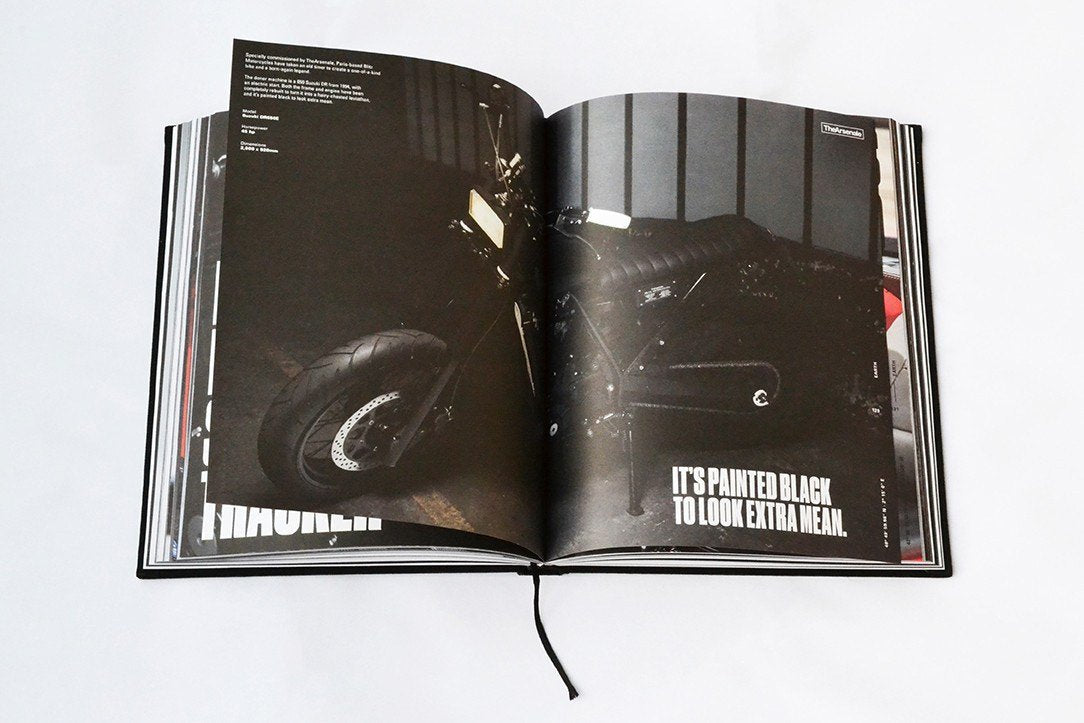The Vision Jet by Cirrus is probably one of the weirdest looking aircrafts in the world; at least until you learn to understand its design. It breaks all rules and laws of aircraft design by placing the turbofan engine right below the V-tail. Yes, it does take some time to digest but once you understand it, you'll love it.

Categorized as a very light jet, it uses a Williams FJ33-5A turbofan engine that is more than enough to propel it up to a cruise speed of 300 knots. 1800 pounds of thrust are available at your demand and they offer a gentle feeling of flight; nothing aggressive. Despite being very lightweight, the FJ33 engine makes the Vision Jet feel like a turboprop plane. That is not a bad thing though; it offers great efficiency with only 60 gallons of Jet-A needed per hour.

All of the intriguing bodywork is built out of carbon fiber; resulting in a seamless monocoque fuselage that's lighter and stronger than traditional aircraft bodywork. The cockpit is a marvel of technology. Cirrus used the best aircraft controls in the market and put a Perspective Touch™ by Garmin®. These controls are some of the best in the avionics field and display all necessary controls and informations at one touch of the finger. Turning on the engine is as simple as this; turn the engine knob to Run and push the Start/Stop button; just like a sports car.

In the rear, you will find modular seats with space for five. The leather upholstery of the seats gives off a luxurious feeling and makes it feel like a sort of party bus. There are huge windows on both sides of the plane, allowing for natural light to come inside and fill the space. You can configure the seats to adapt to your traveling companions; from a roomy 4 man flight to a full family of 7. Due to the roof-mounted engine, it is a bit noisy but nothing that can't be handled by a pair of headphones.

If you want luxurious jet travel without the crew to direct it; the Vision Jet by Cirrus remains the most viable and cool option to date. The touchscreen controls, advanced safety systems and easy-to-fly operations make it the perfect choice for frequent travelers. For only $2 million a piece, Cirrus might have to build a few more than expected.















